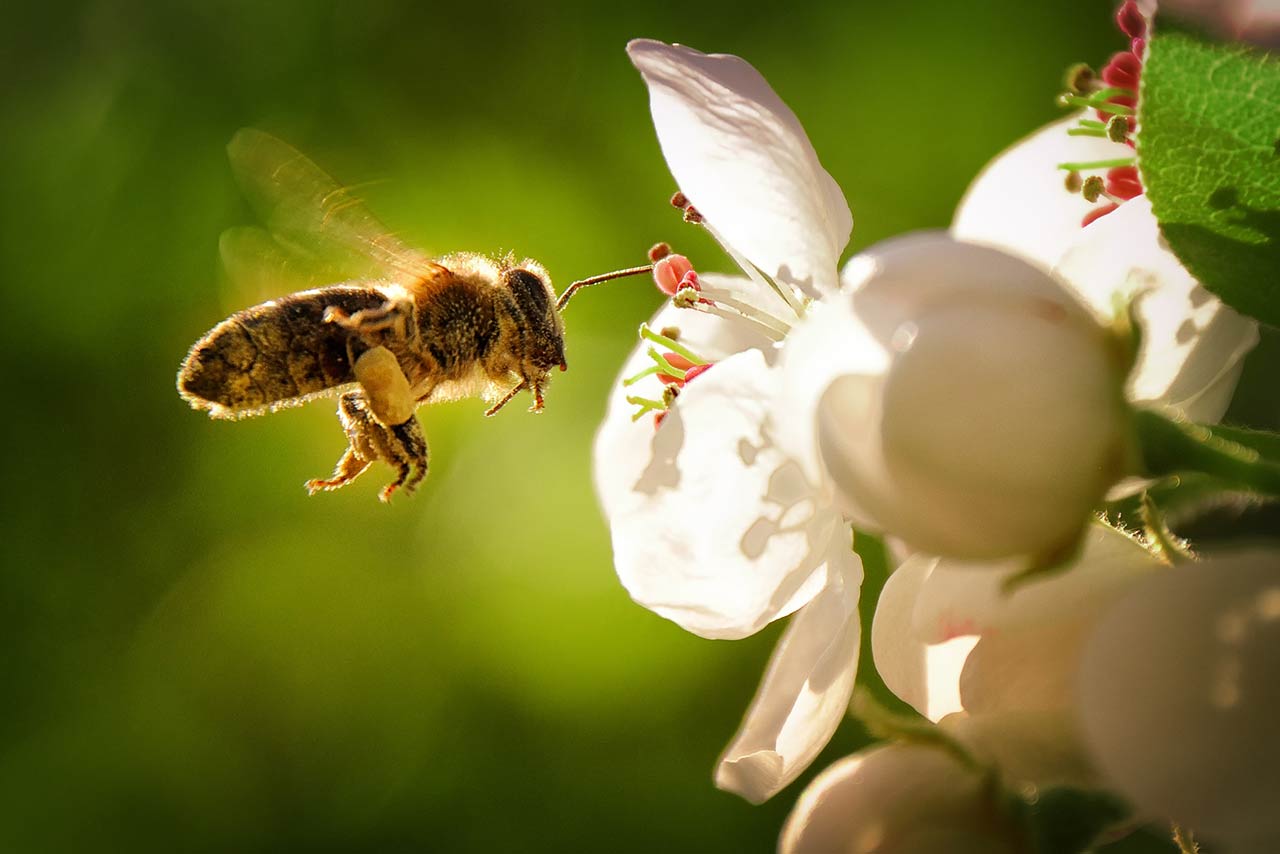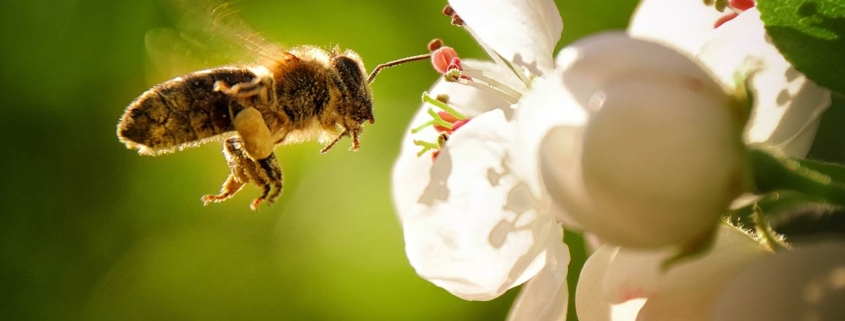Chicago Home and Lifestyles – Companion Gardening and Planting

Although much of the Midwest is under several inches of snow, signs of spring are upon us; house finches are back on the feeder and they are usually the first summer birds to return from their winter further south. So, it’s time to plan out the garden!
It’s always good to have a plan. I still use graph paper, which is old school, but I’m sure there are thousands of apps out there to help you lay out your garden. As you are laying out your plan, consider companion gardening and planting.
Did you know that some plants don’t like to be planted close together? Tomatoes and cucumbers for instance. Companion gardening and planting takes into account nature, nutrients needed, protecting the crop, repelling pests, and pollination.
Taking nature into account means we strive to plant as close to what we would see in nature. Spread plants out. Rather than having a big section of all tomato plants, spread them out in poly cultures. A few tomato plants in a section surrounded by 2 or 3 companion plants like beans, carrots, and marigolds is perfect.
Companion gardening and planting can also protect your crops. Plant sturdy foliage crops next to more delicate plants that will suffer from wind and too much sun. The sturdier plants have the strength to withstand bad conditions and will assure the success of your smaller plants. Corn and sunflowers will protect cucumber plants while giving them a natural trellis to climb on.
Planting certain flowers around your fruits and vegetables is beneficial for pollination. Flowers that have a surplus of nectar and pollen will attract beneficial insects. Marigolds for instance are great to plant around any fruits and vegetables, since they will attract pollinators and repel nematodes in the soil.
That brings us to organic pest management. Companion gardening and planting is great for this! Some plants are susceptible to pest infestation. Plant beneficial plants nearby that a pest despises. The aforementioned marigolds are just one example. Asparagus and tomatoes are two great companion plants. Asparagus repels nematodes that attack tomatoes, and tomatoes repel asparagus beetles.
So search online under “companion gardening and planting” for more information on fruit, vegetable and flower planting combinations.
Kathleen Weaver-Zech and Dean’s Team Chicago



